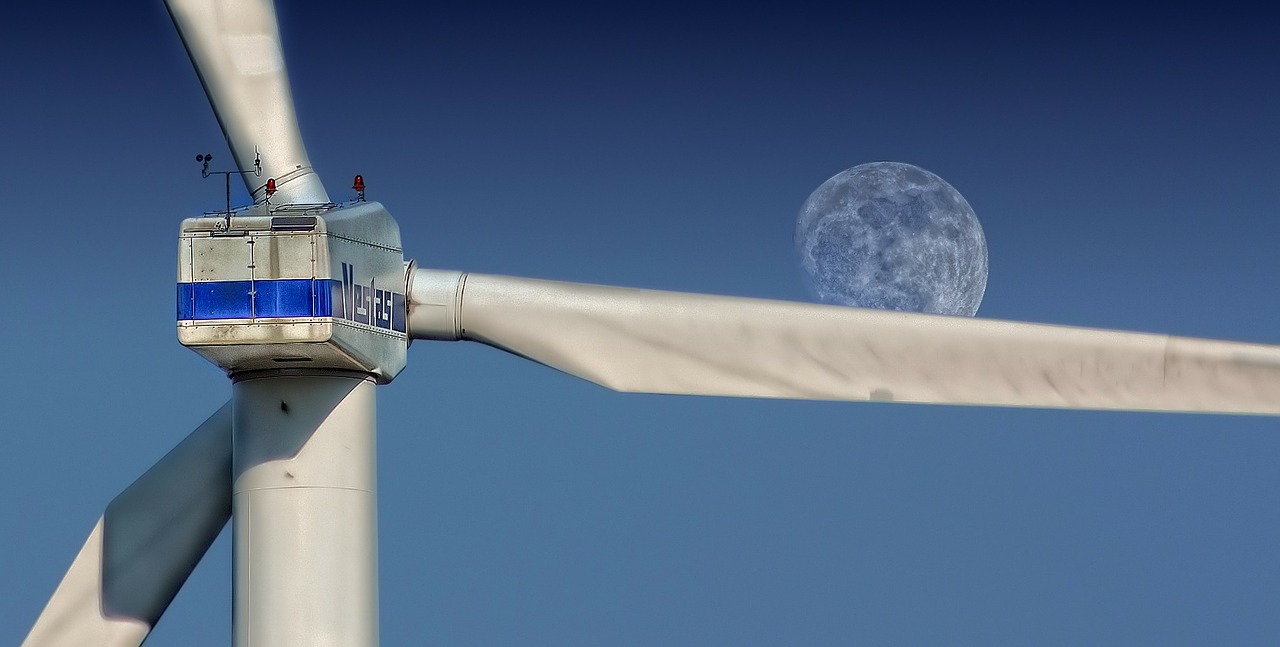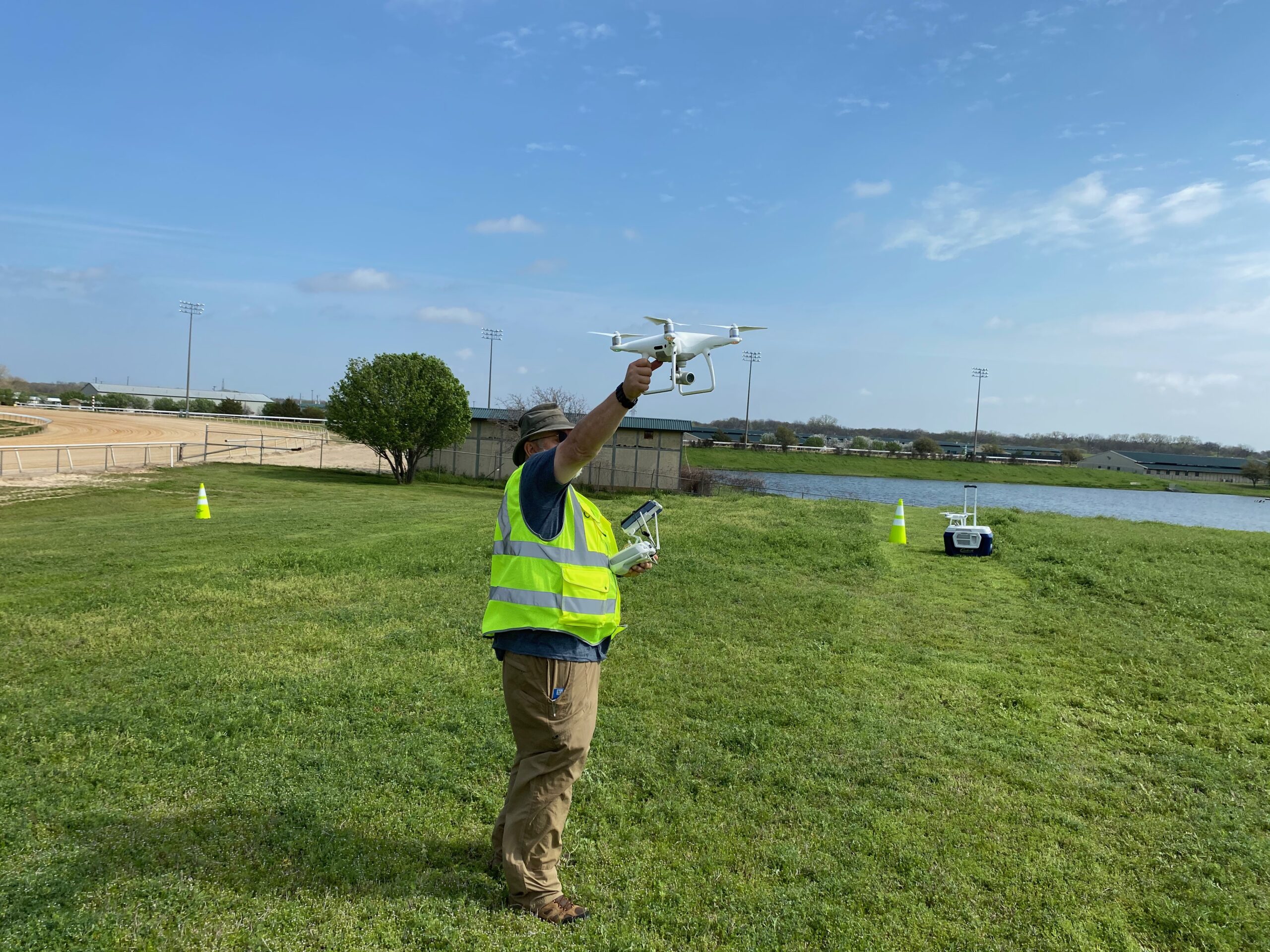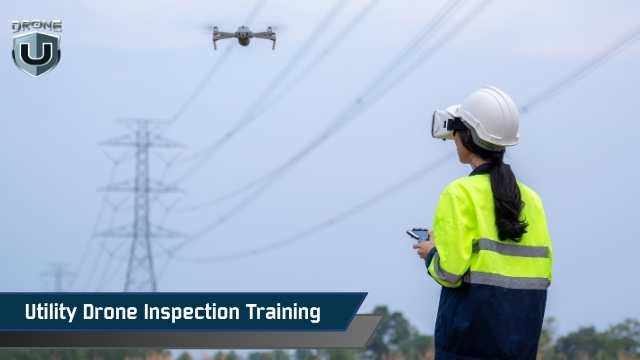WHAT DO I NEED TO GET SMOOTH SHOTS IN BAD WEATHER?
Learning to fly your drone in windy conditions can be an extremely difficult challenge. However, it is important training to have, particularly if you’re looking to fly commercially. Depending on where you live, after all, your ability to fly is often limited by the region’s weather. As a professional drone pilot, you want to make sure that you miss out on as few opportunities as possible. The more days you can fly, the more money you can make. While everyone knows that it’s nearly impossible to fly every single day of the year, having the right equipment and an understanding of how to fly in tough conditions will give you a leg up on your competition.
Anyone who has taken a basic drone training course will tell you that coaxial setups are the absolute very best drones for flying in the wind. Of course, many of us are unable to afford a machine in that price range and would prefer a quad instead. If you’re looking to purchase a quadcopter for flying in windy conditions, we’ve outlined a few consumer-range models that we think are good choices.
THE BEST CONSUMER DRONES FOR WINDY CONDITIONS
DJI Inspire 1: Our top choice consumer drone for flying in the wind is simple. DJI’s Inspire 1 is a flexible, sturdy model with great wind capabilities and precision data accuracy. This bird has a maximum wind speed resistance of 10 m/s. While the Inspire 2 is also a great model in that sense, the Inspire 1 is equipped with a fantastic system that allows for click-and-drag operation. In windy conditions, this allows pilots to float through the wind on Attitude Mode and use the wind to their advantage, getting smooth shots without ever having to touch the sticks. It’s a perfect model for those who are new to flying in the wind and might have nervous, jittery hands.
DJI Phantom 4 Pro: We’ve seen the Phantom series improve its flying capabilities with every new release. The Phantom 4 is a great model but, in our opinion, the Phantom 4 Pro handles the wind much better. For whatever reason, it’s much more accurate in its GPS location and elevation hover abilities. Although we were disappointed by the massive amount of notifications we received while flying (“WIND SPEED TOO HIGH…BLAH, BLAH, ETC), it is a great drone for training in the wind.
TIE—DJI Mavic Pro 2 & Yuneec Breeze: Both of these drones are completely capable of handling 15 mph winds (or higher, with decent training). DJI claims that the Mavic Pro 2 has a maximum wind speed resistance of 24 miles per hour. You want to be careful with these guys, though, because they will flip if you attempt to take on too strong of a wind.
TIP #1: EXPERIENCE FLYING IN THE WIND WILL MAKE YOU CONFIDENT FLYING IN THE WIND.
Wind conditions, while fun to fly in, bring a whole new set of issues you’ll have to deal with in addition to operating your drone. Because your machine will be working much harder to stay afloat as the wind pushes against it, it will be using battery power faster. Therefore, you’ll have to pay closer attention to the battery life while your drone is up in the air.
As with anything, gaining confidence with operating your UAV in windy conditions requires practice. The best thing you can do is to get out there and gain a feel for windy conditions.
TIP #2: USE THE WIND TO YOUR ADVANTAGE
If you’re able to master the technique of using Attitude Mode to glide along the breeze like a surfer on a wave, you’ll find that the wind can be a powerful tool. Used correctly, a nice breeze can be the perfect tool for getting silky, smooth shots you’d never be able to get otherwise.
Subscribe to AskDroneU, our regular podcast where we answer your questions about all things drone-related. Available on iTunes, YouTube and at TheDroneU.com.






Add Your Comment